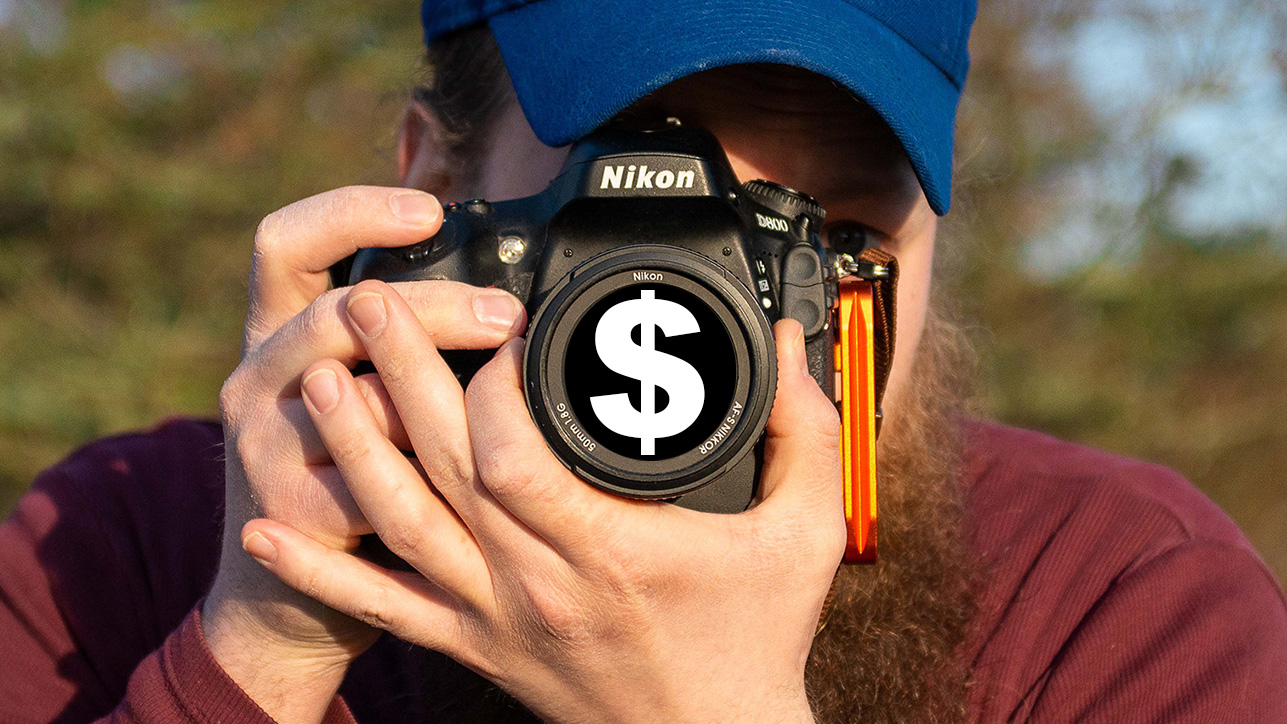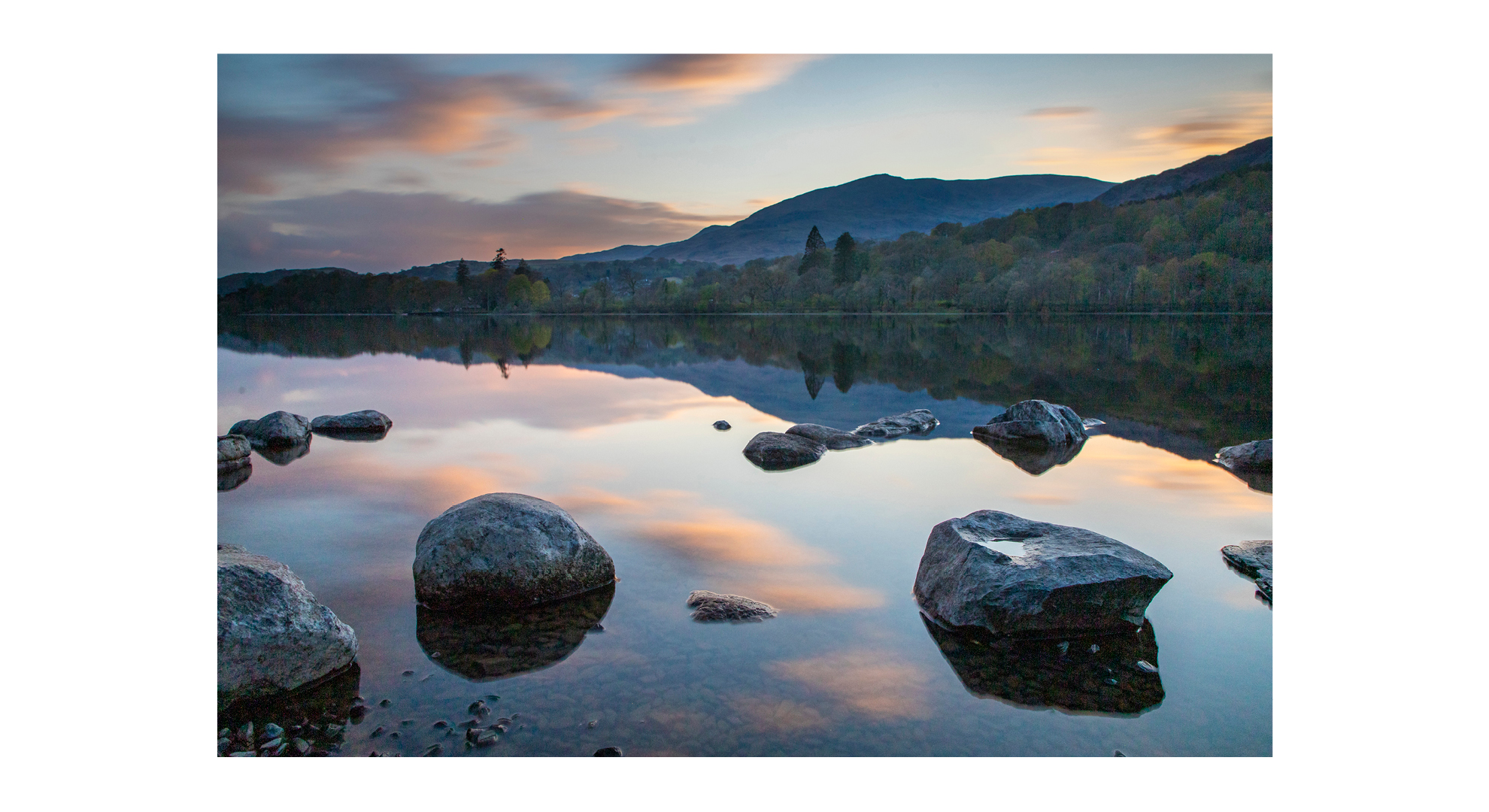
A sturdy tripod should be the first buy for any budding landscape photographer, as they make long exposures possible and allow you to fine-tune your compositions.
Many photographic genres require rapid reflexes to catch moments, such as a bird flying past or a racing car zooming by. Landscape photography is less rushed, however, and you often have the ability to take your time and get your compositions spot-on.
The best tripods are essential for finessing the framing, and locking your camera also makes it possible to shoot long exposures of several seconds or minutes to blur moving elements within the frame. These would come out blurred if shot handheld.
Obviously, a sturdy tripod itself is important, but the tripod head is where you’re able to adjust the framing – read on for the pros and cons of each type…
Get to grips with tripod heads
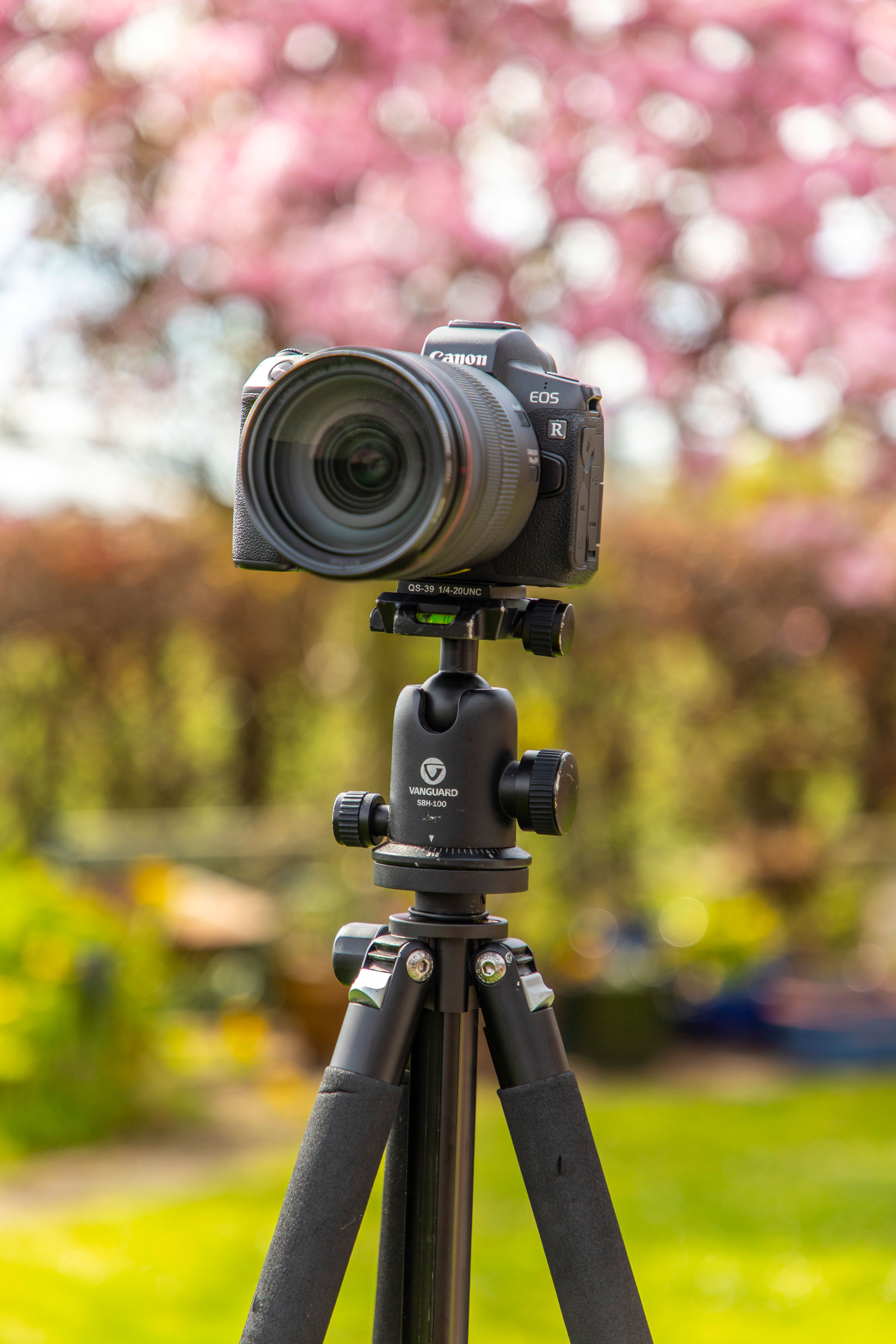
Ball head
Ball heads are super-fast to set up, usually locking and unlocking all axes via a single large knob, with a second knob to pivot across horizontally to aid in recomposing. This rapid speed comes at the cost of refinement, as it’s very difficult to individually readjust any axis.
Read our guide on the best tripod ball heads
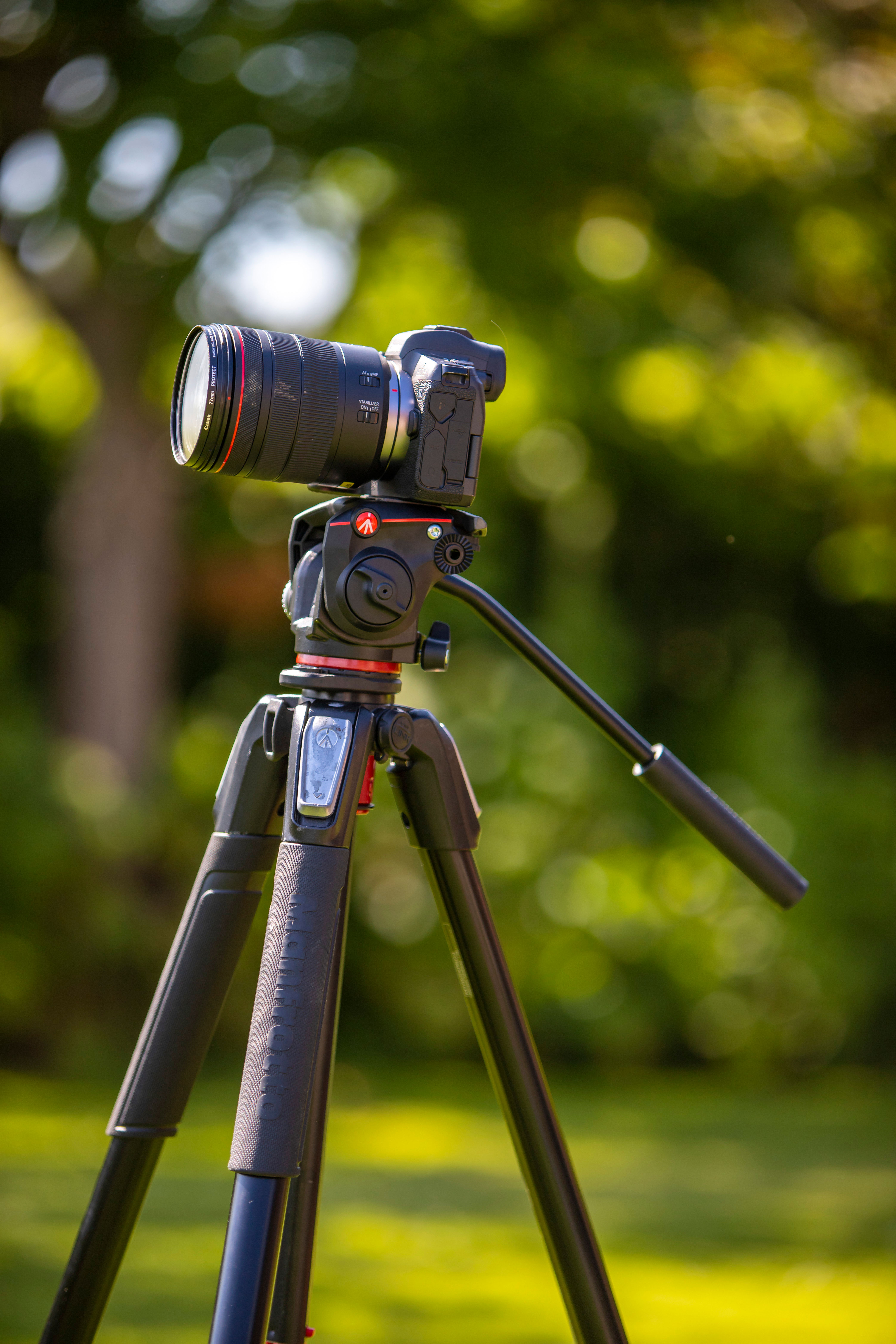
Pan & tilt head
A pan and tilt head like this Manfrotto XPRO Fluid head offers more refinement than a ball head, as they can be pivoted on two individual axes to give you the pan and tilt action. They usually feature a long panning arm for smooth panning, which makes them a favourite with videographers.
Read our guide on the best pan and tilt tripod heads
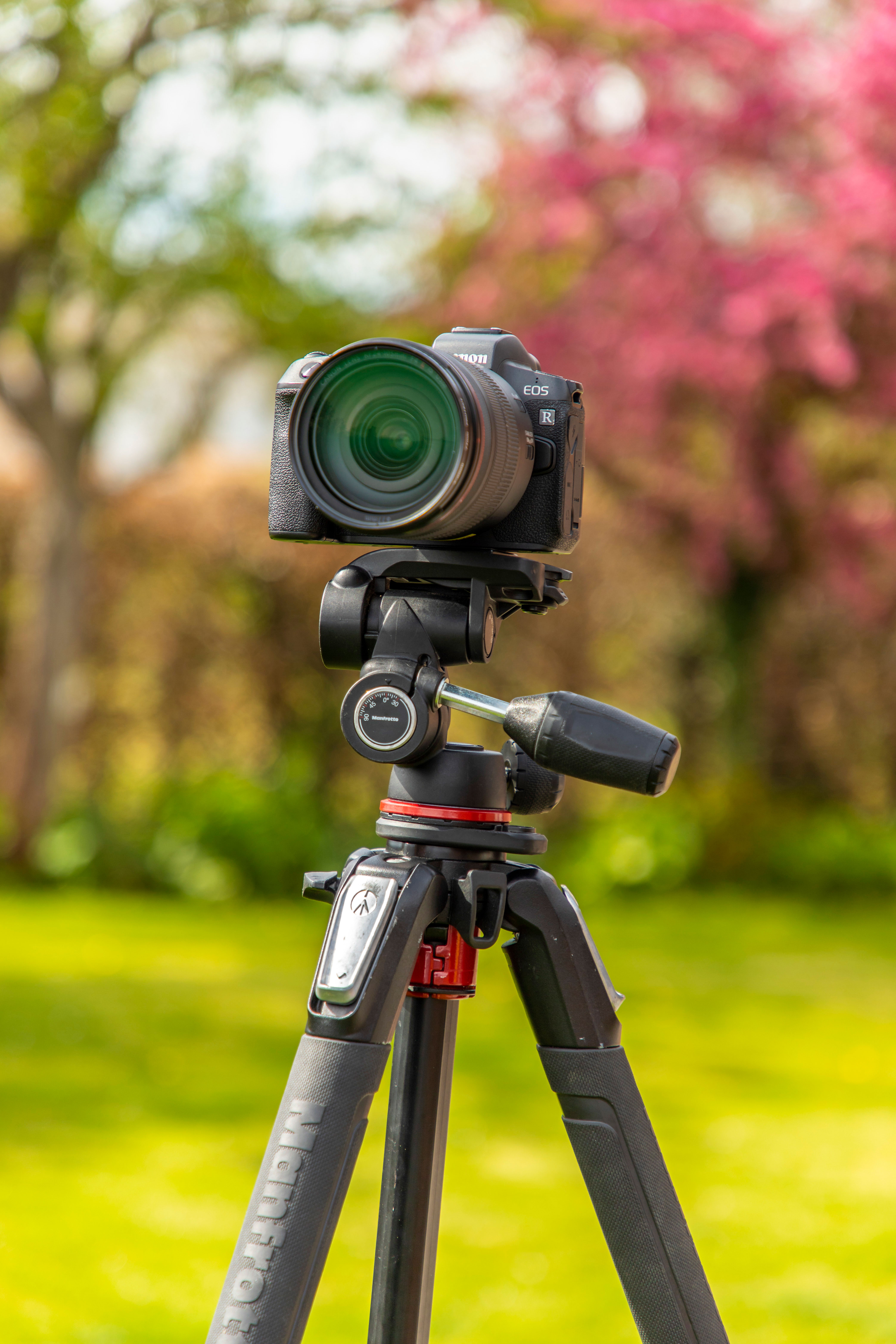
3-way head
As the name implies, a 3-way head gives you a finer level of control when setting the three axes, with two large levers to control the vertical movement and another to turn the camera from landscape to portrait orientation, as well as a small knob to pivot horizontally.
Read our guide on the best geared tripod heads
4 pro tips for using a tripod for landscapes
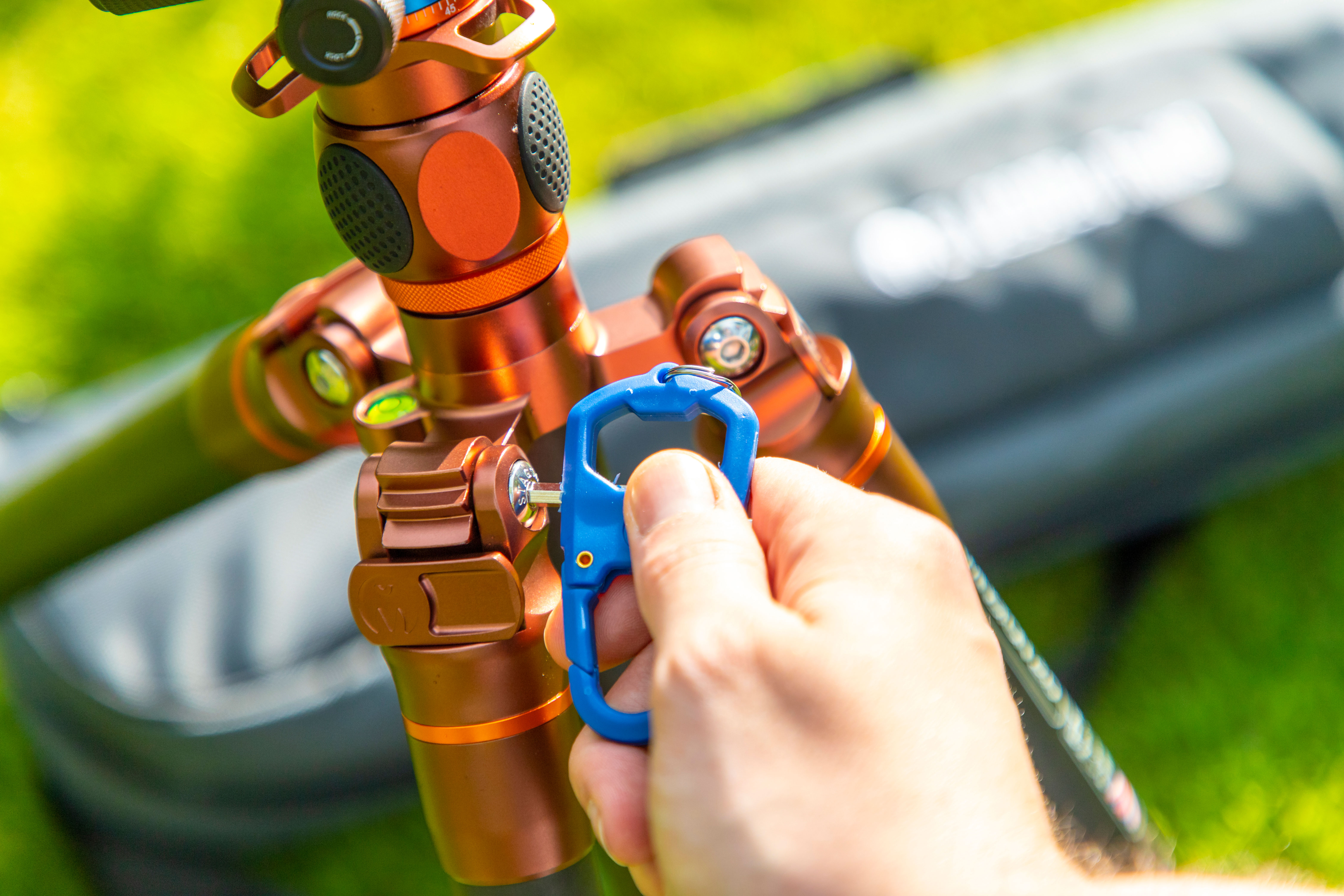
1. Maintenance
Your tripod is likely to have come with a hex key or tool that you can use to nip up any parts that come loose over time.
This helps keep everything tight and sturdy and stops any slippage occurring during long exposures that would result in camera shake. While leg locks will often come loose, twistable leg locks don’t have this problem.
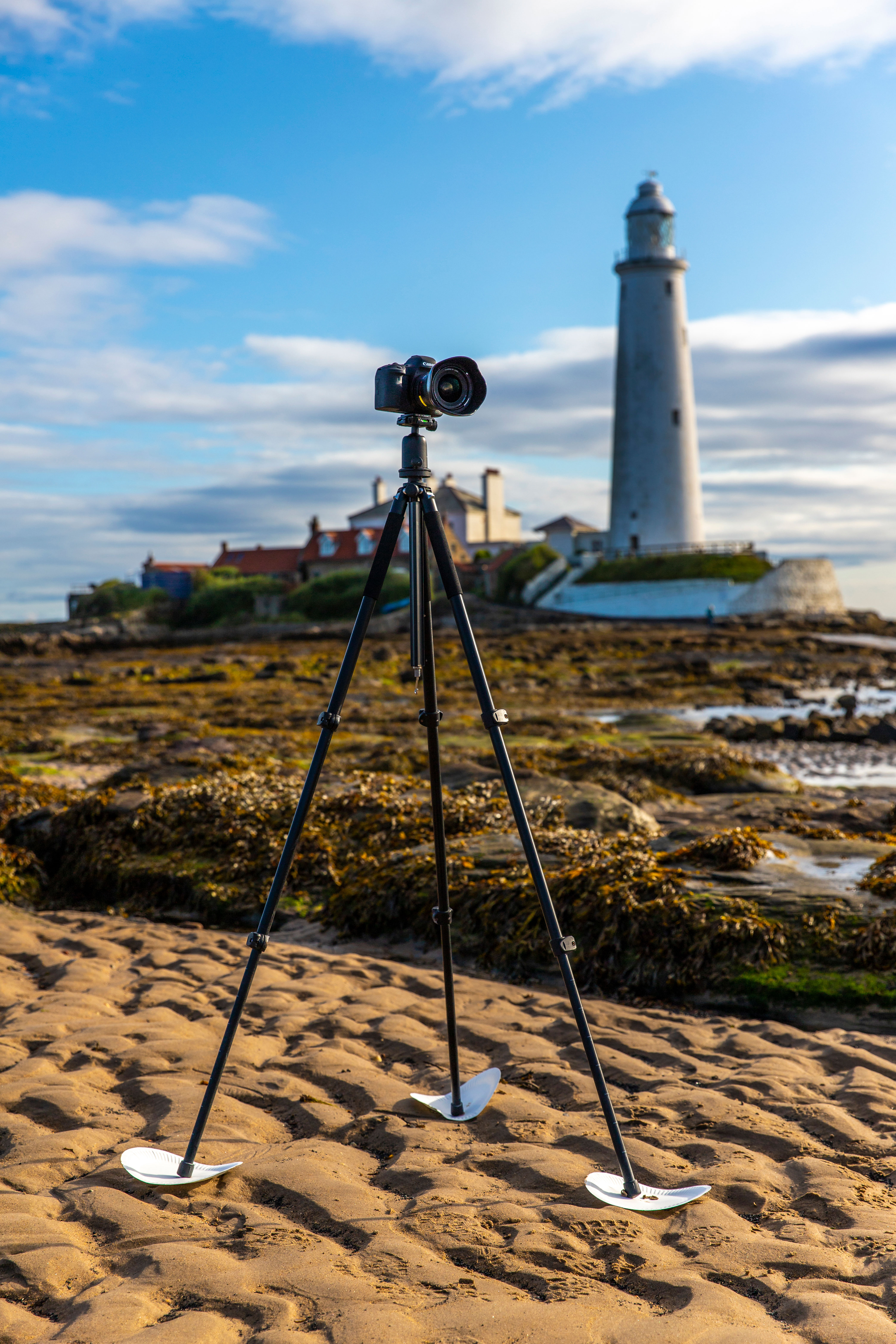
2. Use paper plates to stop tripod sinking
When shooting on the coast, you might find your tripod feet sinking into the sandy shores. Even a slight movement can be enough to cause camera-shake to appear in your photos, especially long exposures.
Bringing paper plates and placing one under each foot will spread the weight out and stop your tripod sinking.

3. Rinse off salt water
It’s a good idea to keep your tripod clean and well maintained to keep it in good health and tip-top condition. Salt water can cause all sorts of nasty corrosion and put a tripod out of a commission earlier than it should.
While that wasn’t so much of an issue at fresh water locations likes Coniston Water (above), it’s still worth rinsing off your tripod with tap water when you get home and giving it a good clean to keep it tip-top condition. This way, your tripod can last for years to come.
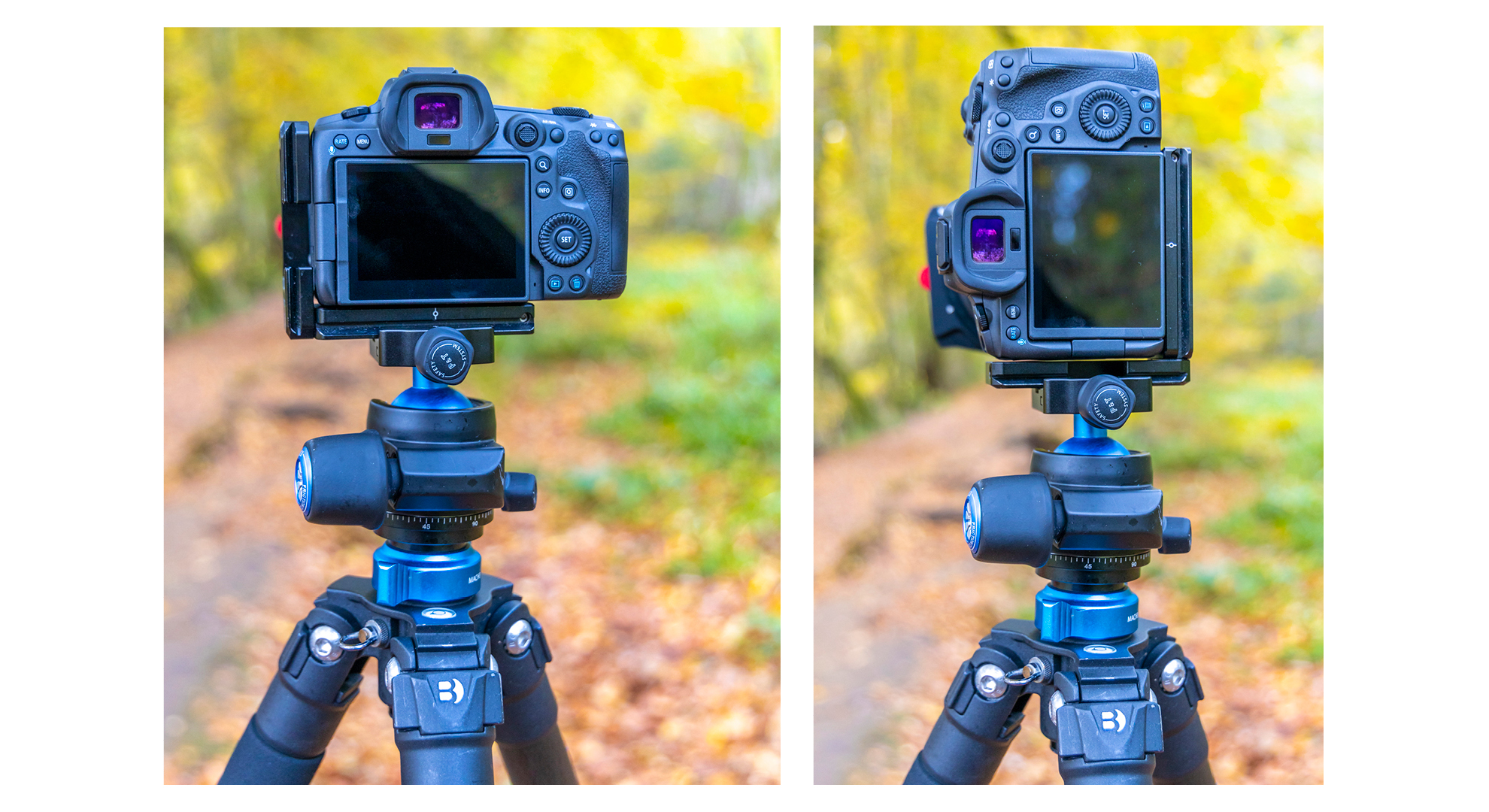
4. Use an L-bracket for balance
An L-bracket attaches to the base and side of your camera, allowing you to pivot from landscape to portrait orientations quickly and keep your camera balanced centrally over the top of your tripod.
They usually have an Arca-Swiss mount on both sides that works with any Arca-Swiss compatible tripod head.
The Ellie from 3 Legged Thing is a versatile L-bracket that works with models from a variety of camera brands, but make sure to check that your camera is compatible.
You might also like to read our expert guide to the best DSLR camera in 2022, as well as the best mirrorless camera and the best budget tripods.
Digital Camera World is the world’s favorite photography magazine and is packed with the latest news, reviews, tutorials, expert buying advice, tips and inspiring images. Plus, every issue comes with a selection of bonus gifts of interest to photographers of all abilities.
Get the Digital Camera World Newsletter
The best camera deals, reviews, product advice, and unmissable photography news, direct to your inbox!

Deputy Editor on PhotoPlus: The Canon Magazine, Dan also brings his technical wizardry and editing skills to Digital Camera World. He has been writing about all aspects of photography for over 10 years, having previously served as technical writer and technical editor for Practical Photography magazine, as well as Photoshop editor on Digital Photo.
Dan is an Adobe-certified Photoshop guru, making him officially a beast at post-processing – so he’s the perfect person to share tips and tricks both in-camera and in post. Able to shoot all genres, Dan provides news, techniques and tutorials on everything from portraits and landscapes to macro and wildlife, helping photographers get the most out of their cameras, lenses, filters, lighting, tripods, and, of course, editing software.

